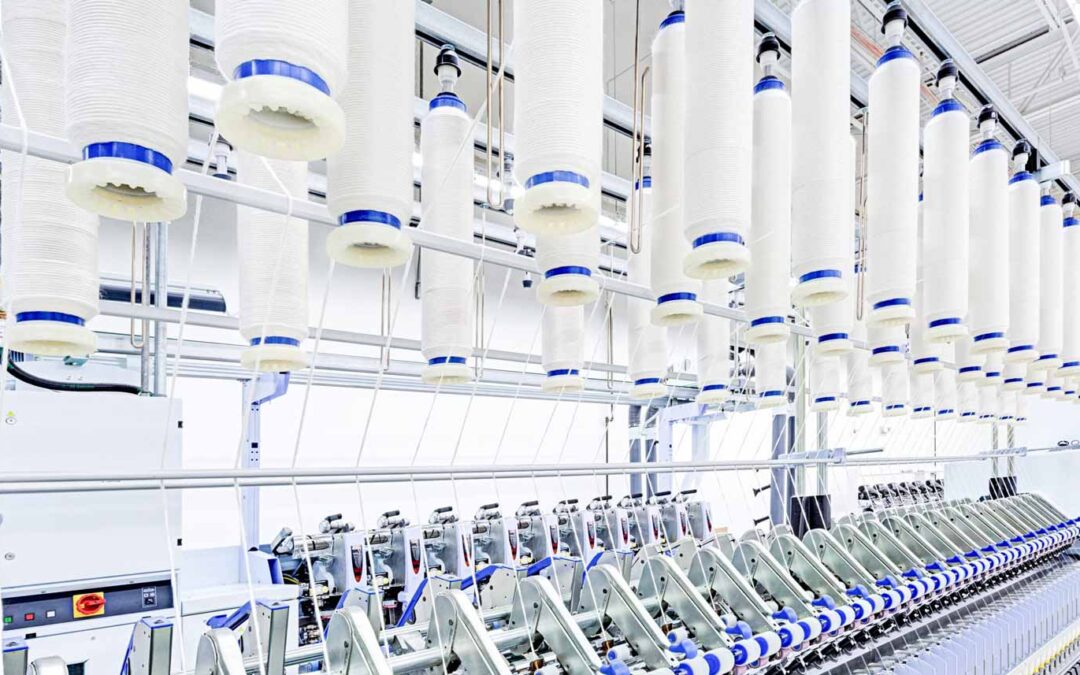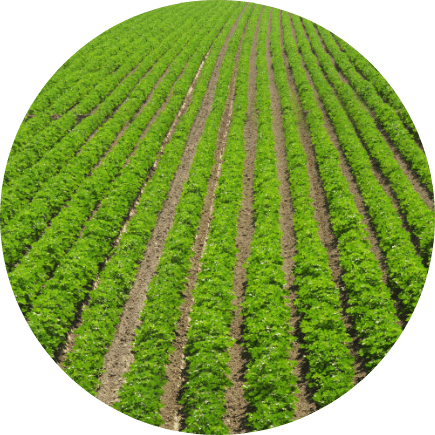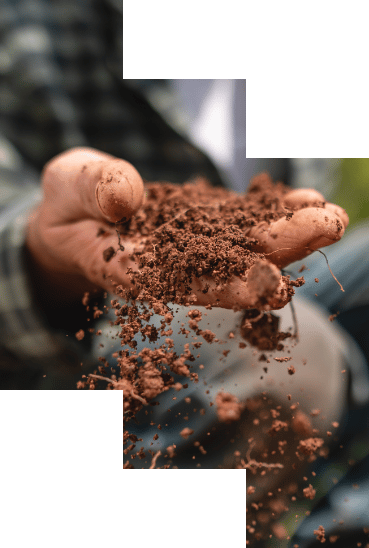Mapping Cotton’s Fertilizer Needs
While fertilizer is very useful for cotton growers, its sustainability relies on how well it is managed. Excess nitrogen in particular can cause challenges with water quality and greenhouse gases – and could delay cotton harvest, reducing fiber quality. Precision agricultural mapping can help growers understand precisely where to apply fertilizer and how much to apply, ensuring each plant only receives exactly as much as it needs. Today, almost 73% of U.S. cotton growers indicate that they employ some type of precision technology in their crop management, with most reporting that they use precision technology for the site-specific application of soil nutrients.1 Using this technology, farmers know what their crop needs, at what point crops require additional inputs, and exactly where in their fields fertilizer needs to be applied. This precision application minimizes excess applied nutrients and improves the sustainability of the crop.



